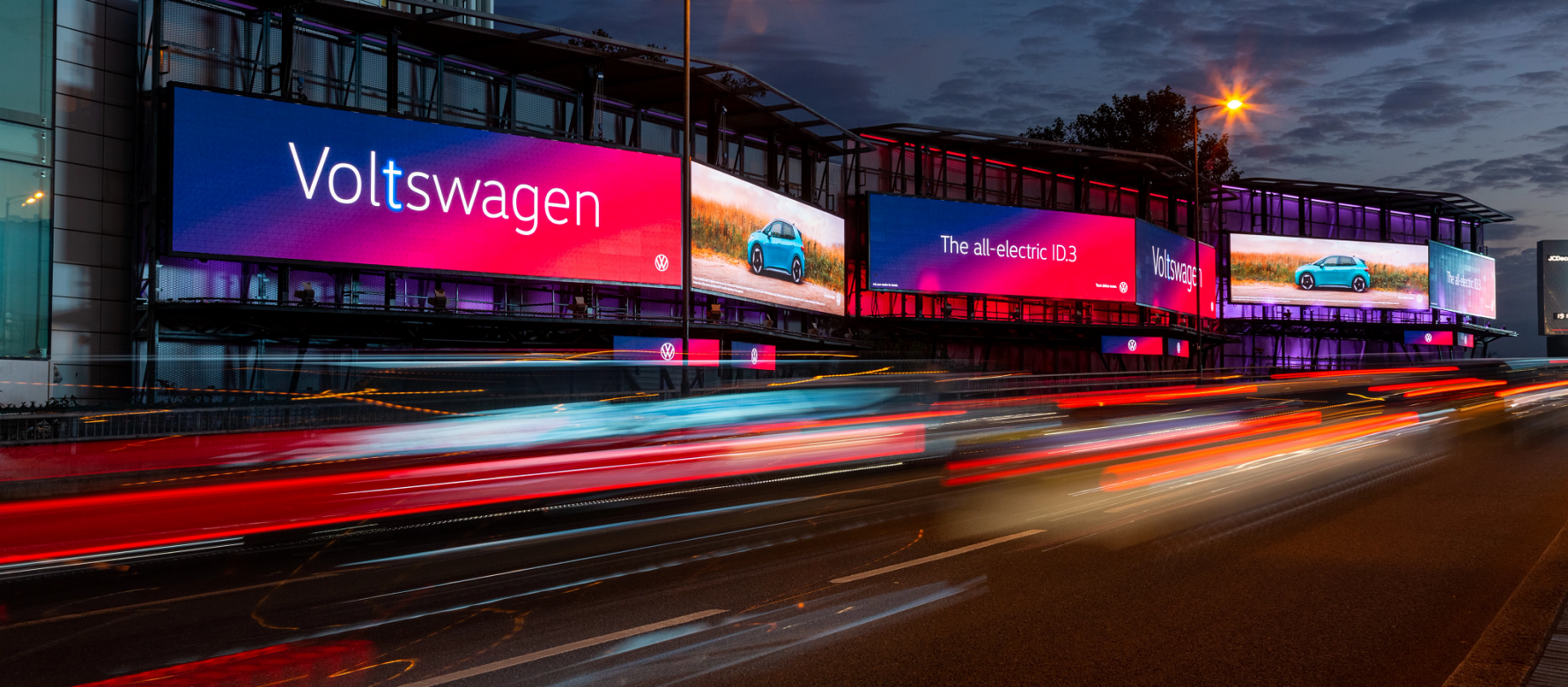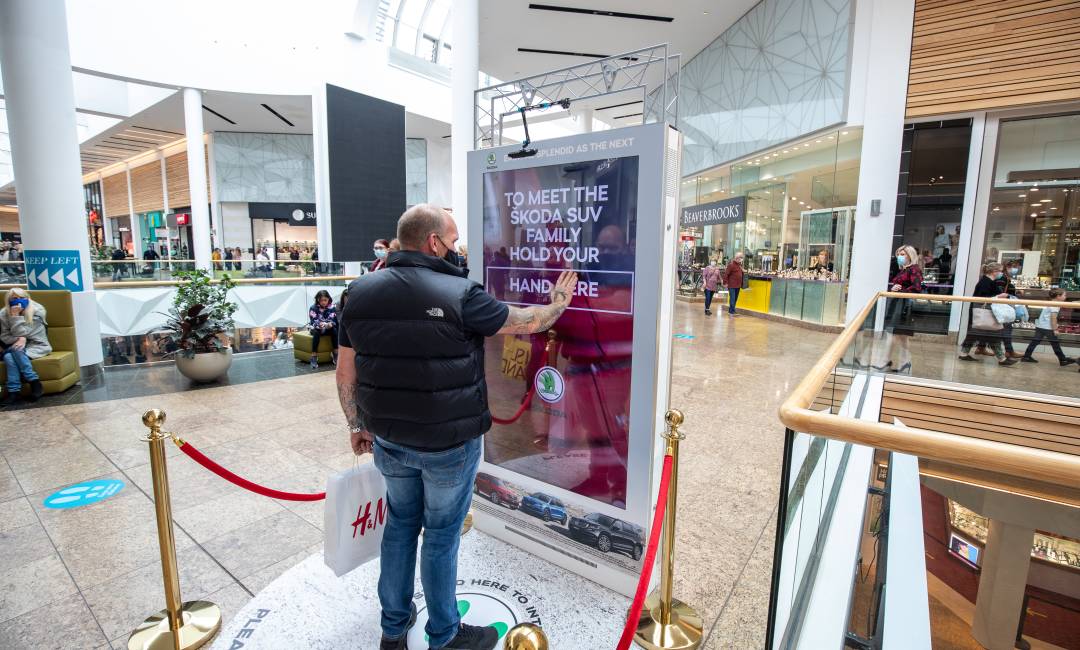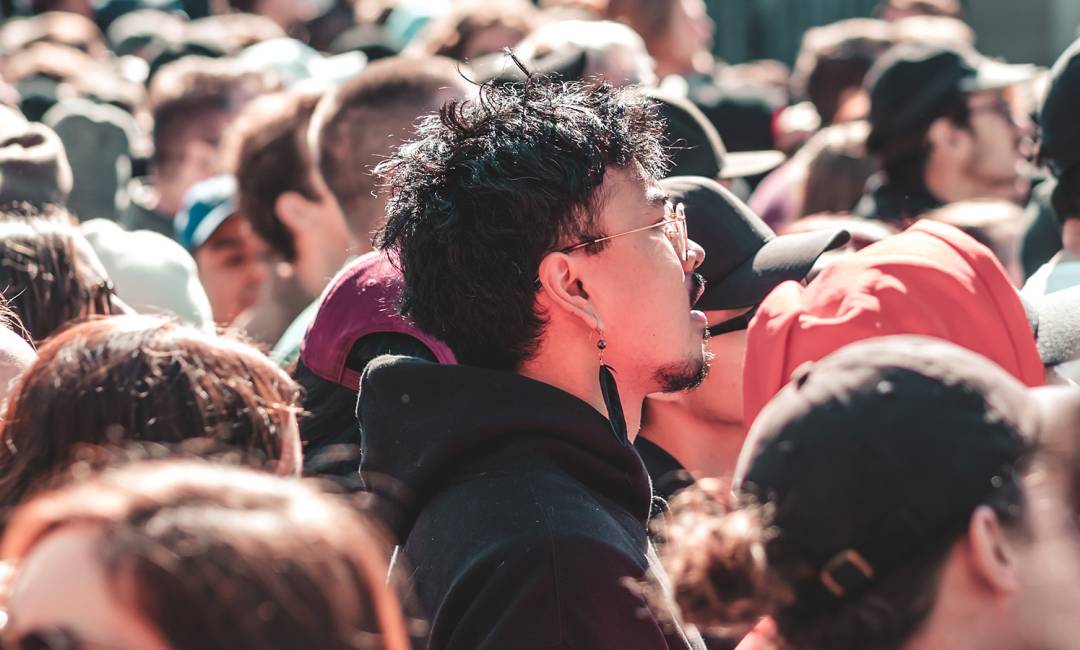Netflix: A winning formula for the automotive industry?
22 Feb 2021 / Opinions
As Covid-19 continues to have a significant impact on society we have seen the acceleration of emerging trends play out across myriad facets of our daily lives, from online shopping, working from home through to gaming and streaming. The automotive industry has not escaped unscathed - already coming to terms with the effect of Brexit and the steady decline of new diesel registrations, car manufacturers have had to adapt to changes in consumer needs as a result of Covid-19.
According to the SMMT (Society of Motor Manufacturers and Traders), new car registrations were down 30% in 2020; the lowest level since 1992. New Government regulations announced in November banning the sale of new petrol and diesel vehicles from 2030 mean manufacturers must accelerate their investment in low emission and electric technology. While 2020 may have been a turbulent year for new car registrations overall, it did herald the best-ever year for electric cars with battery and plug-in hybrid vehicles market share up to 10.7%. It feels as though we are at a crucial tipping point in the wide scale adoption of electric vehicles – how can manufacturers, the government and industry trade bodies play their part in educating consumers on the benefits of electric and encouraging them to make the switch?
As with the automotive industry, the OOH advertising sector has been going through its own technology-driven transformation in recent years, unlocking new and exciting ways for brands to connect with consumers. This could be especially important for motors manufacturers as they look to engage with a new type of consumer who value cost and experience over brand and performance.
Driving reach and awareness on a national scale is one of the core strengths of Out of Home advertising (OOH) – a key channel in the auto marketeer’s media mix. OOH reaches 98% of the UK population on a weekly basis and is especially effective at reaching young, urban, affluent consumers. According to YouGov, more than 50% of consumers state they are more likely to have bought a car as a result of seeing some form of OOH advertising.
There are parallels, I believe, between the motor industry and the film industry – specifically the home entertainment market. Having worked at one of the biggest Hollywood film studios for several years, and now working as the lead on our entertainment and motors clients at Clear Channel, I have noticed numerous similarities in consumer needs between the two sectors.
Driving ownership has traditionally been a key focus for film studios – a business model that generates the biggest profit margin for the company. From DVD and Blu-ray, through to digital downloads, the emphasis has been on encouraging film fans to build their own entertainment library. Consumers however are seemingly not convinced; they want access to content at a time of their choosing, on their preferred device. Identifying this emerging trend allowed Netflix, a service originally built on offering the convenience of delivering DVD rentals to homes, to pivot and steal a march on their competitors. Taking advantage of the fast-moving developments in digital content delivery, Netflix is now the leading player in the subscription video on-demand space. Offering consumers access over ownership, Netflix’s exponential growth has recently seen the big Hollywood stalwarts accept that they too need to embrace an access model. Disney, Warner Bros., and Universal have all launched their own subscription services in the past year to win back audiences. The pandemic has accelerated fundamental shifts in long-standing distribution models as consumers turned to streaming services during lockdown. Indeed, Britons spent 40% of their waking hours watching TV during the height of lockdown in April last year, fuelling the biggest year for new subscribers to streaming services. OOH has been a key channel for the launch of these new services, as content providers look to drive awareness of new film and TV show launches as well as targeting younger audiences who are becoming increasingly more difficult and expensive to reach through TV and video-on-demand.
I believe the automotive industry may be at a similar tipping point. Shifting consumer expectations, especially among younger consumers, are leading to disruptive business models coming to the fore. It’s clear that the way in which auto brands advertise to, and communicate with, consumers will need to change accordingly. According to Goldman Sachs, younger consumers no longer associate car ownership as a status symbol as previous generations have. Disruption has been led by the likes of Uber, offering access to cars on demand – why would an urban millennial need to own a car if they can request one with a swipe of their finger? Access vs. ownership seems to now be a similar conundrum for car manufacturers.
In July last year Jaguar Land Rover launched Pivotal - their car subscription service aimed at providing an alternative to traditional car ownership and leasing plans. Users pay a monthly fee for the vehicle’s rental and can change the car every six months. Aimed at the 20% of young professionals who wouldn’t ordinarily own a car. JLR stated that in trials for the service, 80% of members had not previously owned a Jaguar or Land Rover, giving the brand exposure to a new audience who may never have considered purchasing one of their vehicles. Volvo have a similar offering, Care by Volvo, a flexible subscription service which includes home delivery giving customers peace of mind in these uncertain times.
With this in mind, what does the next decade hold for the automotive industry and how will car marques take advantage of new technologies and respond to shifting consumer behaviour? Autonomous, connected, and electrified driving are the three main trends to look out for as we head into 2021. Research from Accenture suggests that manufacturers will move from building products to selling experiences, and that by 2030, revenues from mobility services are projected to soar to almost €1.2 trillion. IBM substantiate this from their recent survey, with 48% of consumers saying that vehicle brand wouldn’t matter to them in an autonomous, mobility-as-a-service environment, but cost and convenience would. In a recent article, Campaign posited that the rise of autonomous vehicles may see the transformation of car marques into lifestyle brands. Affirming this notion, Jens Thiemer, senior vice president customer and brand at BMW, recently said that "BMW is becoming a relationship brand," during the unveiling of their new logo.
Indeed, the recent OOH campaigns we have carried for Volkswagen’s electric range positions the ID as a lifestyle brand, rather than focusing on what’s going on under the bonnet. Advertising campaigns from the likes of Vauxhall, Mini and Honda all focus heavily on their electric ranges as they jostle for position on the podium in the electric race.
Manufacturers are also teaming up to face new challenges together. BMW and Daimler have joined forces to “re-invent urban mobility” with Free Now, offering everything from car-sharing to ride hailing, mobile parking and beyond, to “give people back their freedom and to give cities room to breathe again”. As cities become smarter, consumers are demanding fast and seamlessly integrated experiences. Connected vehicles themselves will open further opportunities for advertisers.
OOH allows brands to take advantage of these new opportunities as digital screens enable advertisers to run campaigns with more flexibility, creativity and accountability.
For example, using vehicle location and demographic data will allow for a targeted, integrated experience, combining in-car and OOH advertising while people are travelling. In fact, the car itself could even communicate with digital billboards to trigger specific creative, and in turn, the billboard could communicate with the car to trigger in-app ads – extending the reach of the OOH campaign, much like we do now using geo-fencing to deliver associated adverts to consumers’ mobile devices.
It feels like we are on the cusp of a transformational change in the relationship between car manufacturers and consumers. As digital technologies and customer expectation begin to define the future of the auto industry, the developments in digital OOH ensures that car brands can continue to connect with consumers as their behaviour evolves.
Nihal De Silva, Client Partner, Clear Channel UK
Interested to know more?
Contact us below and we’ll be in touch.
SHARE POST
PRESS ENQUIRIES





